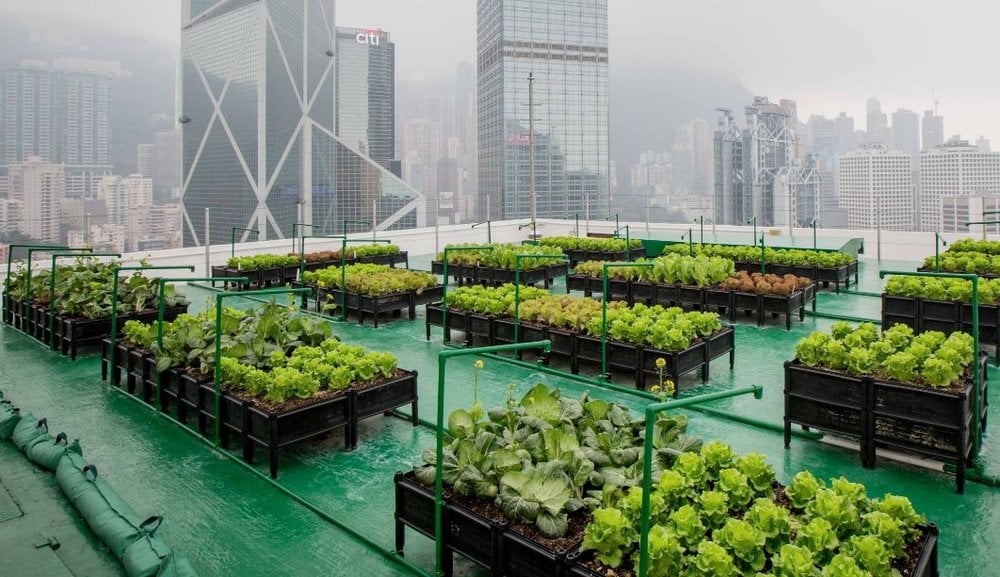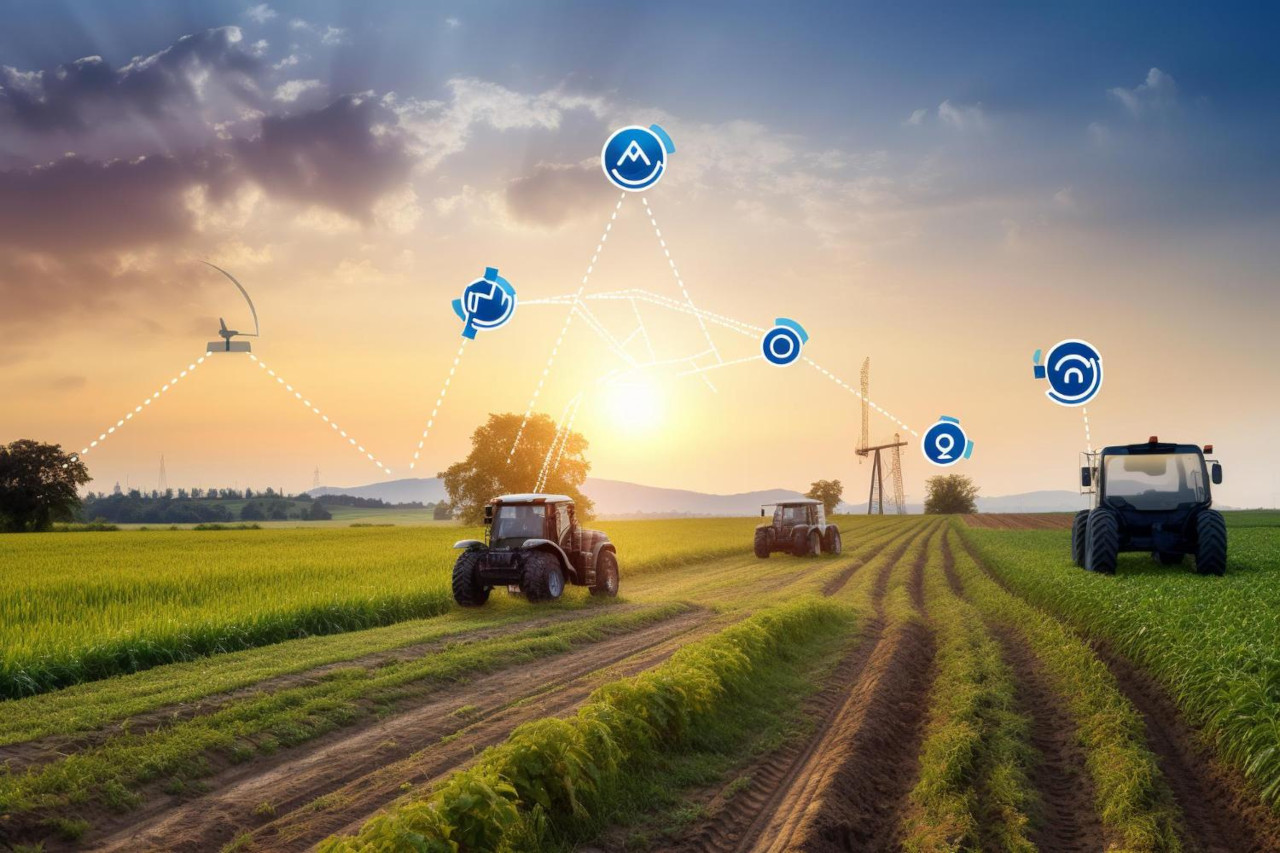In today’s rapidly evolving world, agriculture is undergoing a transformative revolution. At the center of this transformation is a concept known as Aavmaal. This innovative agricultural movement is not just about growing crops—Aavmaal embodies a forward-thinking approach to sustainability, technology, and long-term ecological balance.
But what exactly is Aavmaal? How is it changing the face of agriculture, and why should every stakeholder in the agri-sector—from farmers to policymakers—pay attention?
This in-depth blog explores the meaning, methods, benefits, and future of Aavmaal, aiming to inform and inspire those who seek to understand the next generation of farming.
What is Aavmaal?
Aavmaal is an emerging term in the agri-tech domain, representing an integrated approach to agriculture that fuses tradition with modernity. It combines sustainable agricultural practices, precision farming, organic cultivation, data-driven decision-making, and environmentally conscious innovation. In essence, Aavmaal isn’t just a technique—it’s a mindset that places equal emphasis on profitability, sustainability, and ecological responsibility.
In regions where Aavmaal practices are implemented, farmers have reported a substantial improvement in productivity, resource efficiency, and resilience to climate-related disruptions.
The Core Philosophy Behind Aavmaal
Aavmaal promotes a deep-rooted belief: “Farming should feed the planet without exhausting it.” This philosophy is not new—but Aavmaal revives it using modern-day solutions. It emphasizes:
-
Efficient use of natural resources
-
Soil regeneration and biodiversity preservation
-
Reduced dependency on chemical inputs
-
Enhanced farm profitability through smart technology
By aligning farming with nature, Aavmaal ensures that agricultural practices are regenerative rather than exploitative.
The Pillars of Aavmaal
Let’s break down the five foundational pillars that define Aavmaal:
1. Sustainable Soil Management
Healthy soil is the backbone of Aavmaal. This involves using organic compost, minimizing tillage, rotating crops, and planting cover crops. These practices restore soil nutrients, improve structure, and retain moisture.
2. Water Efficiency and Conservation
In Aavmaal-based systems, water usage is optimized through drip irrigation, mulching, and moisture sensors. This helps address water scarcity—a major threat in arid regions.
3. Agri-Tech and Data Integration
Farmers utilizing Aavmaal incorporate technology like GPS, drones, AI-driven analytics, and IoT-based sensors. These tools allow them to make precise interventions in irrigation, fertilization, and pest control.
4. Organic and Chemical-Free Cultivation
Aavmaal discourages heavy use of synthetic chemicals, instead opting for organic fertilizers, natural pest deterrents, and companion planting to ensure pest resistance and soil health.
5. Community Engagement and Local Ecosystems
Aavmaal encourages farmers to source inputs locally, share knowledge, and participate in sustainable farming cooperatives. This builds resilient communities and decentralized food systems.
Technologies Powering Aavmaal

Technology plays a pivotal role in enabling Aavmaal’s success. Some of the tools and platforms integral to this system include:
-
Remote sensing drones: Used to monitor crop health and pest infestations in real time
-
IoT sensors: Deployed across fields to measure soil moisture, pH levels, and temperature
-
AI-based decision platforms: Offering predictive analytics for weather, yield estimation, and disease forecasting
-
Blockchain: Used for traceability in organic produce supply chains
Together, these tools give farmers the insights they need to minimize input costs and maximize productivity—core goals of Aavmaal.
Case Studies: Aavmaal in Action
Case Study 1: Smallholder Farms in Maharashtra, India
In the Vidarbha region, a cluster of farmers shifted to Aavmaal techniques in 2023. They used crop rotation, bio-fertilizers, and IoT monitoring to grow cotton and pulses.
Results:
-
35% increase in yield
-
50% reduction in water usage
-
Zero chemical pesticides
Case Study 2: Smart Organic Farming in Kenya
An agri-startup in Kenya adopted Aavmaal-inspired practices including satellite monitoring, organic soil additives, and farm education. As a result, export-quality organic avocados gained international certification.
Results:
-
Doubling of revenue in 2 years
-
Sustainable certification boosted international trade
Why Aavmaal Matters: Benefits for All Stakeholders
For Farmers
-
Increased profitability
-
Long-term soil fertility
-
Reduced dependency on expensive chemical inputs
For Consumers
-
Safer, chemical-free food
-
Support for local food systems
-
Greater nutritional quality
For the Environment
-
Reduced carbon footprint
-
Conservation of biodiversity
-
Lower water pollution and runoff
For Governments and NGOs
-
Stronger food security
-
Job creation in rural sectors
-
Reduced healthcare costs linked to agrochemical exposure
Overcoming Challenges in Implementing Aavmaal
Despite its immense potential, Aavmaal faces several real-world hurdles:
High Initial Investment
Smart technologies and organic certification can be expensive initially. Governments and private sector partnerships need to offer subsidies or microfinance to farmers transitioning to Aavmaal.
Lack of Awareness
Many farmers are still unaware of the full potential of Aavmaal. Targeted training programs, mobile apps, and vernacular content can bridge this gap.
Policy Support
Robust policies around carbon credits, crop insurance, and minimum support prices for organic produce are essential to mainstream Aavmaal practices.
The Road Ahead: Future Trends in Aavmaal
Regenerative Agriculture
Aavmaal aligns closely with regenerative agriculture—an evolving global movement that seeks to improve ecosystems with every farming cycle. Expect more collaborations between Aavmaal practitioners and international bodies promoting regenerative farming.
Carbon Farming and Aavmaal
Aavmaal offers a path to carbon-neutral or even carbon-negative agriculture. With soil acting as a carbon sink, farms can earn carbon credits—making agriculture a viable player in global climate action.
Expansion into Urban Farming
With land scarcity rising, Aavmaal principles are being adapted to vertical farming and hydroponics in urban areas. The fusion of sustainability and compact farming may define city agriculture in the next decade.
Getting Started with Aavmaal: A Quick Guide for New Farmers
-
Start Small – Convert a section of your farm using Aavmaal methods and test outcomes.
-
Learn Continuously – Attend workshops, connect with local Aavmaal mentors, or access resources online.
-
Join Cooperatives – Collaborate with other farmers for bulk buying of organic inputs and collective marketing.
-
Adopt Smart Tech – Use affordable sensors and mobile apps to get started with precision farming.
-
Get Certified – Explore organic or sustainability certifications to gain premium access in markets.
Final Thoughts: Why Aavmaal is the Way Forward
As the planet faces climate unpredictability, resource shortages, and population growth, agriculture must evolve. Aavmaal offers a comprehensive, future-ready solution that doesn’t just aim for higher yields—but smarter, fairer, and greener farming.
Whether you’re a farmer, agronomist, policymaker, or conscious consumer, embracing the Aavmaal philosophy could be a step toward a healthier planet and a more resilient food system.
The world doesn’t just need more food—it needs better ways to grow it. And Aavmaal may be the key.
Also Read: 7 Reasons Why ChannelSynCharma Is the Future of Communication

